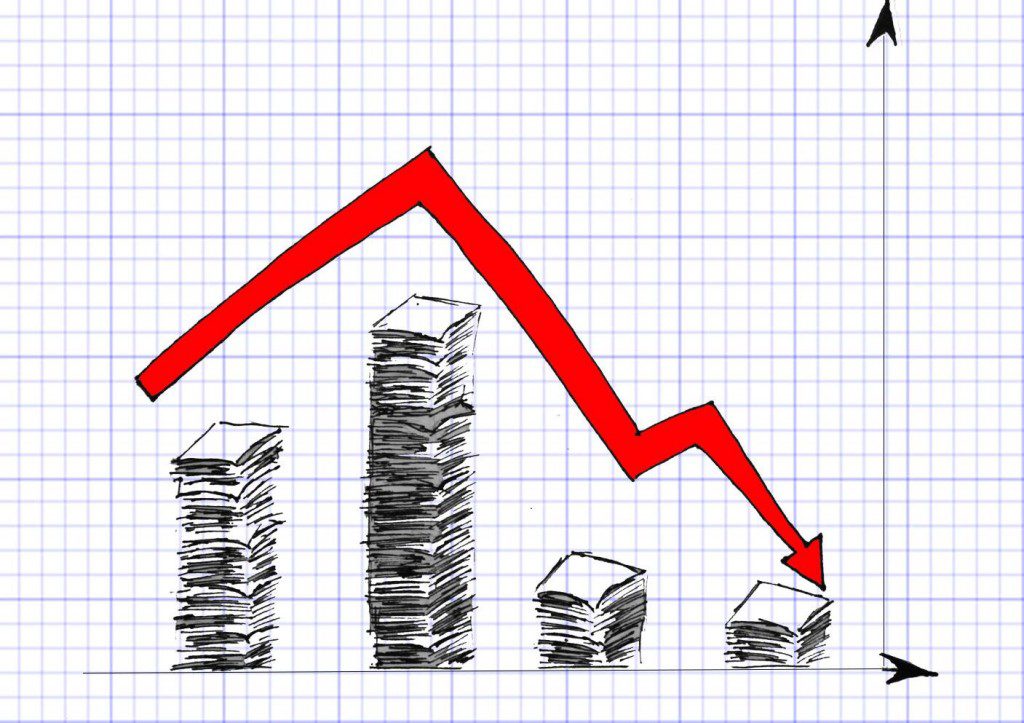
Canada’s Public Policy Forum (PPF) released a study on January 26 regarding the state of news and democracy in Canada. Named The Shattered Mirror, the study focuses on the shift to digital-only publications, fake news, and digital media business models.
The report’s findings are based entirely on public opinion and statistics, including the surveyed perspectives of 1,500 Canadian adults. Edward Greenspon, the author of the report and president and CEO of the PPF, said that we’ve reached a “crunch point” in Canadian media.
“This report is meant to offer insight into the state of news two decades into its existential crisis, as well as ideas for how to respond,” said Greenspon in a statement about the findings. “We hope it will stimulate a necessary debate and necessary action, while understanding that no story is ever at its end.”
Here are some of the RRJ’s highlights from the report, which opens with the statement, “Real news is in crisis”:
Mass Shutdowns: Over 170 Canadian newspapers, broadcasters, and news sites have closed down. With that said, the study asks, “Why do we feel like we’re getting more news than ever?”
Shattered Mirror suggests that this perceived increase is the upswing in recycled content that the study says is very often less reliable than traditional journalism. The study attempts to reinforce the relationship between journalism and democracy, saying that local news sources allow for diverse and unique perspectives. “Without [them], democracy itself is at risk.”
The Cost of News: Shattered Mirror suggests that Canadians believe journalism is fundamental to democracy, but the numbers do not support this. According to the study, “foreign giants like Facebook and Google” take up 70 percent of Canada’s online ad revenue, while only nine percent of Canadians pay for news online. With such a small market share for Canadian media companies, they’re struggling to stay afloat and uphold their part of the democratic engine.
Statistical Highlights:
- In 1950, 102 newspapers were sold per 100 households. In 2015, that number dropped to 18. Shattered Mirror projects that in 2020, two newspapers will be sold per 100 households.
- In 2005, Canada hit a high point by bringing in a total of $875 million in print classified ad revenue. Since then, revenue has dropped every year, down to $119 million in 2015.
- By 2016, advertisers spent $5.6 billion digitally, increasing by about 20 percent per year since 2011. In the same timeframe, advertising in 1,000 weekly and 100 daily newspapers decreased by $1.4 billion.
- Shattered Mirror says the problem with all of this is that digital ads are no longer “newspapers’ salvation,” since their share of national digital ad revenue isn’t increasing. In 2015, digital ad revenue grew to $4.6 billion, but daily papers’ share of that money fell to $233 million from $246 million in 2011.
- The CBC has held steady, according to Shattered Mirror, because of its reliance on “government appropriation and revenue.”
- In July 2016, digital startups iPolitics and The Tyee had 141 and 116 total unique viewers, while The Globe and Mail had 5,720 and Torstar Digital had 10,387.
- From January 1 to March 31, 2016, Google and Facebook made up 82.4 percent of Canadian ad impressions, while Canadian publishers got 11.5 per cent.
- Based on a Reuters survey, only nine percent of both Canadians and Americans pay for web news. In comparison, Norway’s inhabitants are the most likely in the world to pay for online news, with 27 percent of the population paying.
- 77 percent of people polled believe that democracy would be either seriously or somewhat threatened if television or print news did not exist.
About the author
This is a joint byline for the Ryerson Review of Journalism. All content is produced by students in their final year of the graduate or undergraduate program at the Ryerson School of Journalism.
